The Past, Present & Future of Advertising in Video Games
Article Updated on May 30, 2023
Advertising has continually evolved since its inception due to advertisers consistently seeking the best ROI (return on investment) possible.
Typical advertising platforms such as Television and Radio have been utilised by businesses to promote their products and services for decades.
However, the popularity of advertising on these mediums has declined as a result of increasing costs and reduced ROI.
Whilst some companies are still taking advantage of the traditional advertising platforms, many others have resorted to promoting themselves elsewhere.
ADVERTISING WITHIN VIDEO GAMES
One of the newest mediums being used for advertising are video games. The gaming industry has been growing at a rapid pace since the 1980s, and there aren’t any signs of that growth stopping for the foreseeable future.
To give you an idea of just how popular some video games have become, the recently released battle royale game Apex Legends reached 25 million total players a week after launch.
Whilst there aren’t advertisements within Apex Legends currently, you can see why advertisers are eager to take advantage of the video game industry.
Another popular game within the same genre as Apex Legends is Fortnite, which took the gaming world by storm after it implemented it’s hugely popular battle royale mode in March 2017.
Since then, over 200 million accounts have been created and unlike Apex Legends, Fortnite has already been leveraged by advertisers, albeit in a way that also benefits consumers.
On February 2nd 2019, the popular electronic music producer Marshmello held a live concert in-game. This event was attended by over 10 million people and serves to exist as an extraordinary example of how video games can be leveraged as a form of advertising.
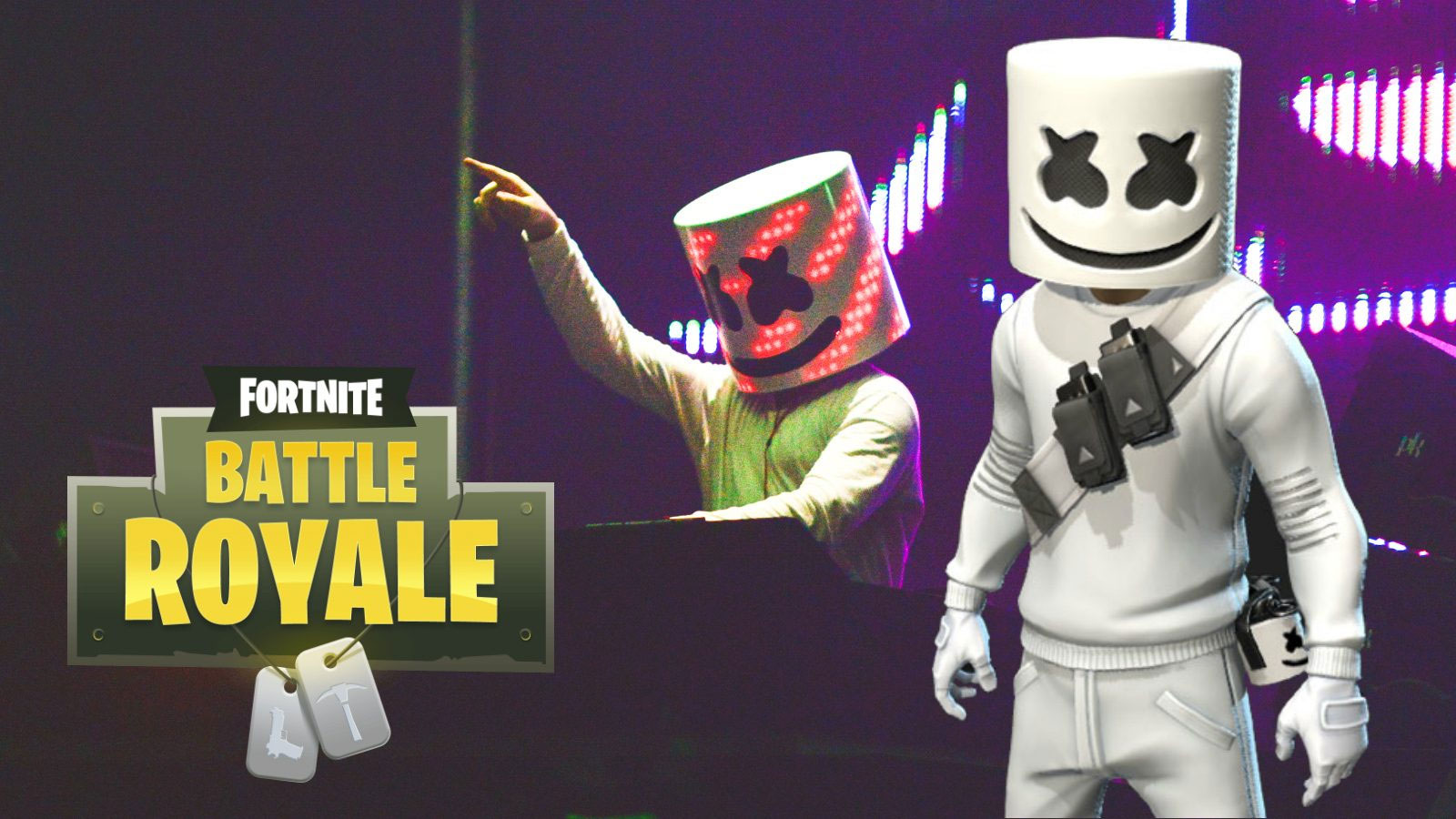
In addition to the in-game event, a Marshmello player skin was also added to the game. This is advertising on a whole new level, as players wielding the skin will essentially become walking advertisements for the musician.
Now that we’ve briefly discussed the reasons behind advertisers leveraging the video game industry, we can now look at some of the first examples of this occurring.
THE PAST
Pepsiman – An Early Advergame – 1999
In 1999, a game called Pepsiman was developed specifically for the purpose of promoting the brand and product of the same name. Games of this style are known as “Advergames” (A portmanteau of the words “advertising” and “gaming”).
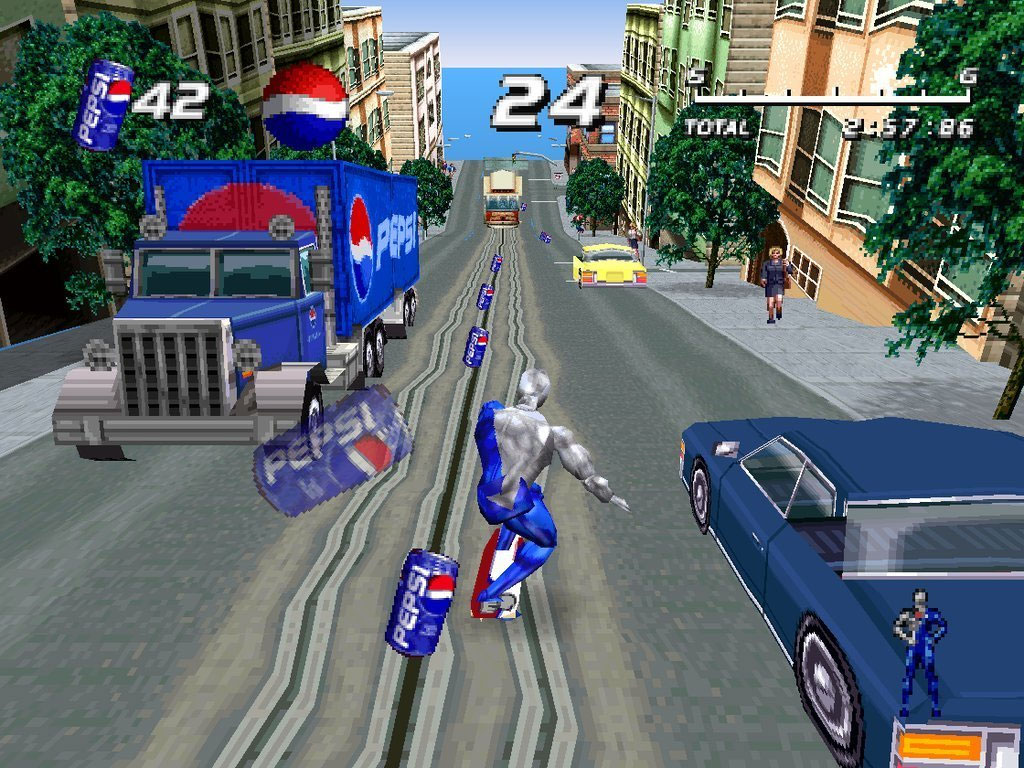
Pepsiman was released solely in Japan and a writer for Complex included it on a list of branded video games that “didn’t suck”. Even with that inclusion, Pepsiman’s sales were reportedly underwhelming.
Worms 3D – Red Bull Power Up – 2003
The well-known “Red Bull gives you wings” slogan positions the brand and product as somewhat of a real-life power up. Perhaps that’s why the iconic energy drink featured within the 2003 turn-based combat game, Worms 3D.

When consumed in-game, the Red Bull power up bestowed improved movement speed and jump height, which almost seems like a missed opportunity when you consider the brand slogan “gives you wings”.
Nonetheless, this is a somewhat early example of how advertising within video games doesn’t have to be obnoxious and intrusive.
Burnout Paradise – Obama Campaign Advertisement – 2008
One of the more controversial examples of advertising within video games, the 2008 Barack Obama political campaign ads were seen by many as distasteful and intrusive.
Popular racing game Burnout Paradise was among the 18 games involved with this campaign, but it was only the Xbox version that featured the political billboard advertisements.
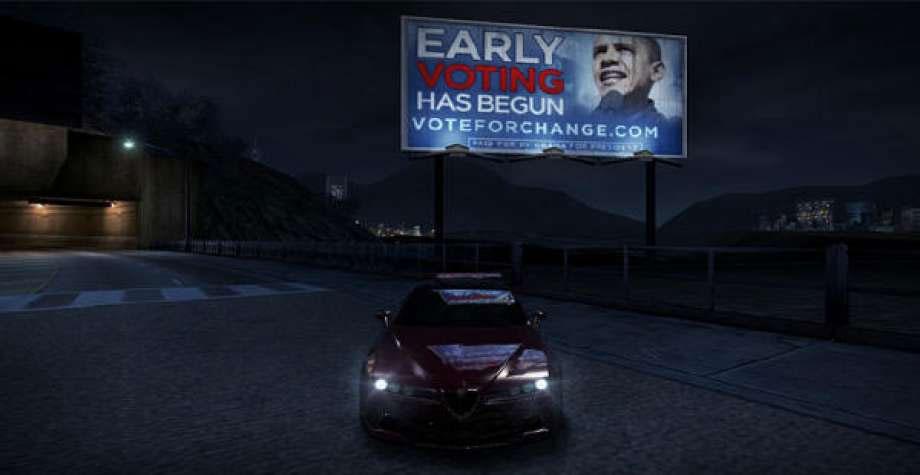
The reason for this is due to the ad agency, Massive Incorporated, being a Microsoft owned company, with Microsoft also being the creators of the Xbox.
Massive Incorporated, a company dedicated to providing software and services dedicated to in-game advertising, closed down in 2010.
THE PRESENT
Grand Theft Auto V – Frank Ocean’s Blonded Radio Station
‘Blonde’ Rapper Frank Ocean surprised the gaming world by announcing that he had secured a partnership with Rockstar Games and was launching a new radio station on Grand Theft Auto Online in collaboration with Apple Music.
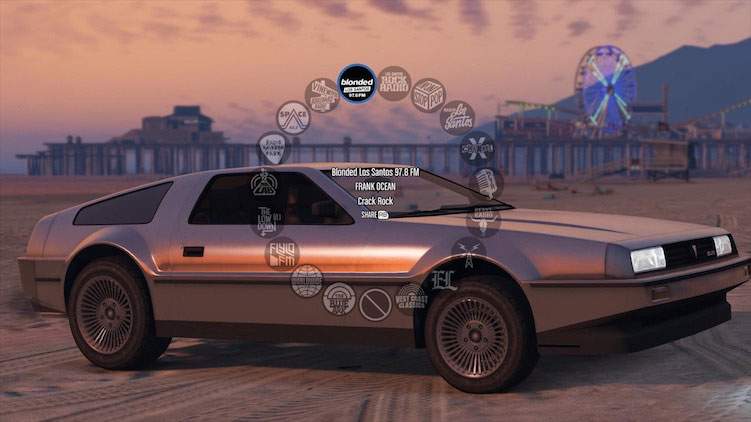
Frank Ocean’s Blonded Radio station went live in 2017 as part of the GTA Online Doomsday Heist update, containing music from himself and some of his favourite artists such as Jay-Z, JME and Burial.
The Doomsday Heist update was well received by fans and is responsible for the largest surge of traffic to GTA of all time. This is quite surprising given that the game was over 4 years old by the time Blonded Radio was put in.
This deal was mutually beneficial for both parties as Rockstar was looking for new ways to keep the game fresh, and the massive success of GTA Online gave Frank Ocean a huge opportunity to get his music out to new audiences.
Whilst it can be hard to quantify the exact impact that this collaboration has had on Frank Ocean’s career, many fans proudly announce in YouTube comments that they came to discover the artist via GTA Online.
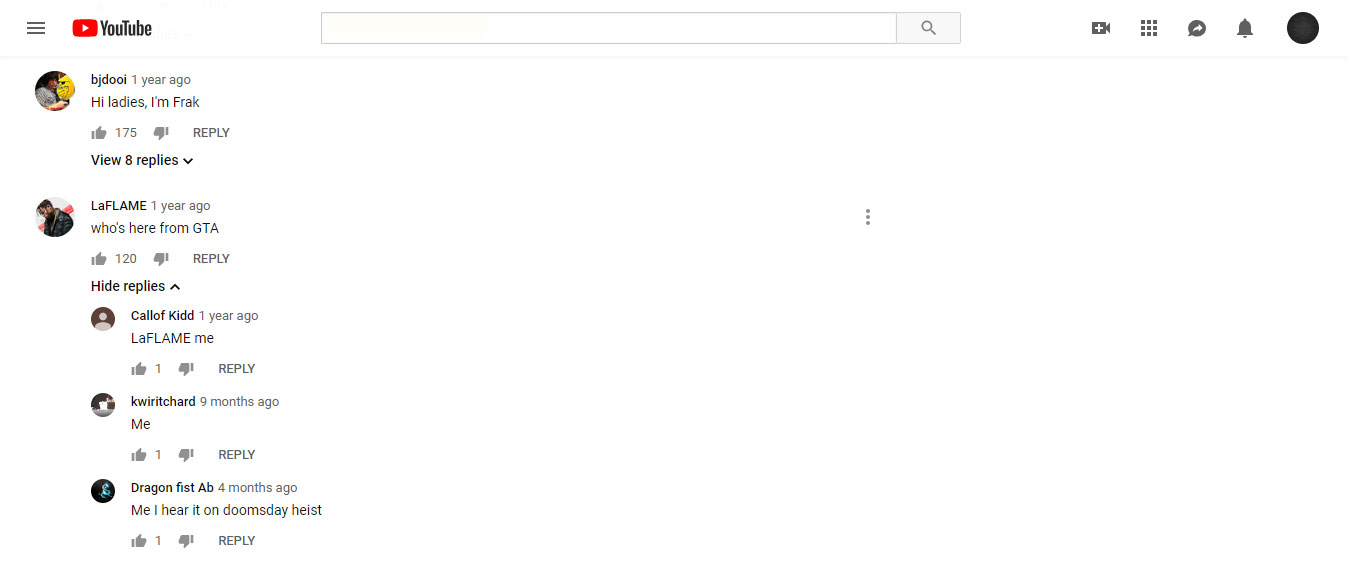
Rocket League – Hot Wheels, Batman, McLaren & More
This particular collaboration goes both ways. Hot Wheels vehicles exist within Rocket League, and Rocket League vehicles exist in real life, produced and sold by Hot Wheels.
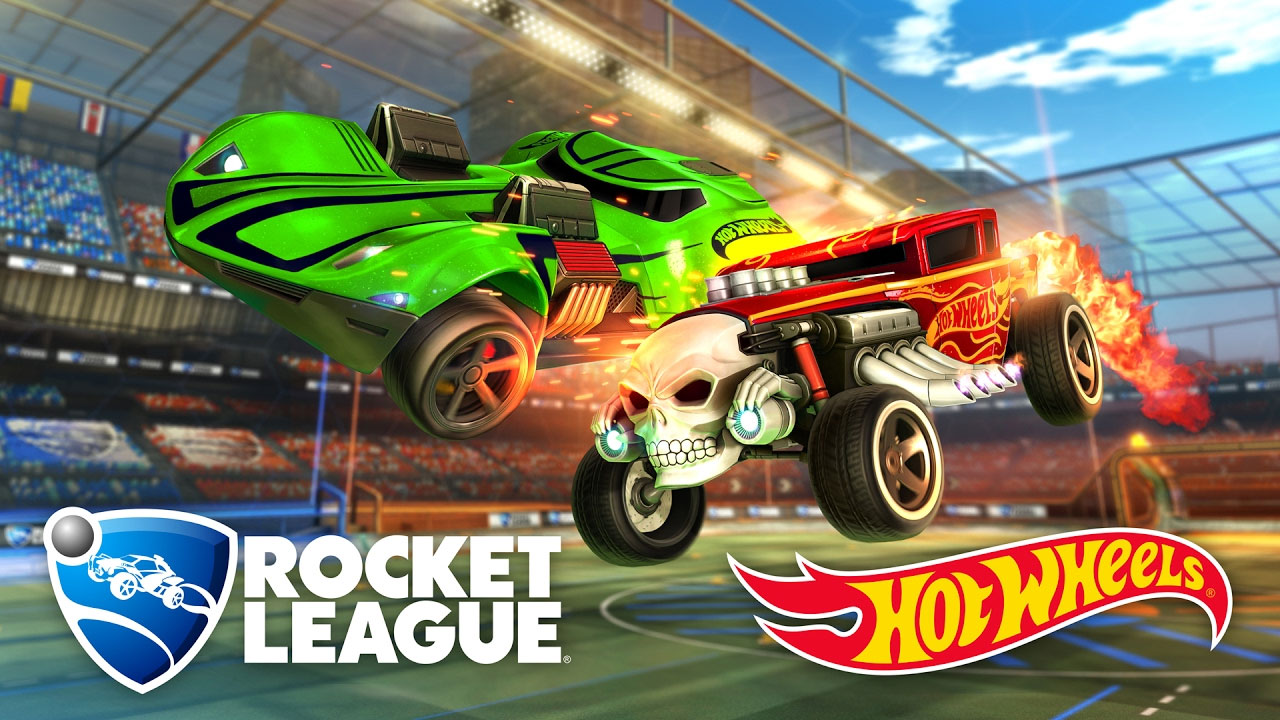
It has to be said that this is a perfect example of two brands that synergise incredibly well. There have been a few examples of similar situation in the past, for example, the Minecraft and Lego collaboration, but even that didn’t feature Lego products in-game.
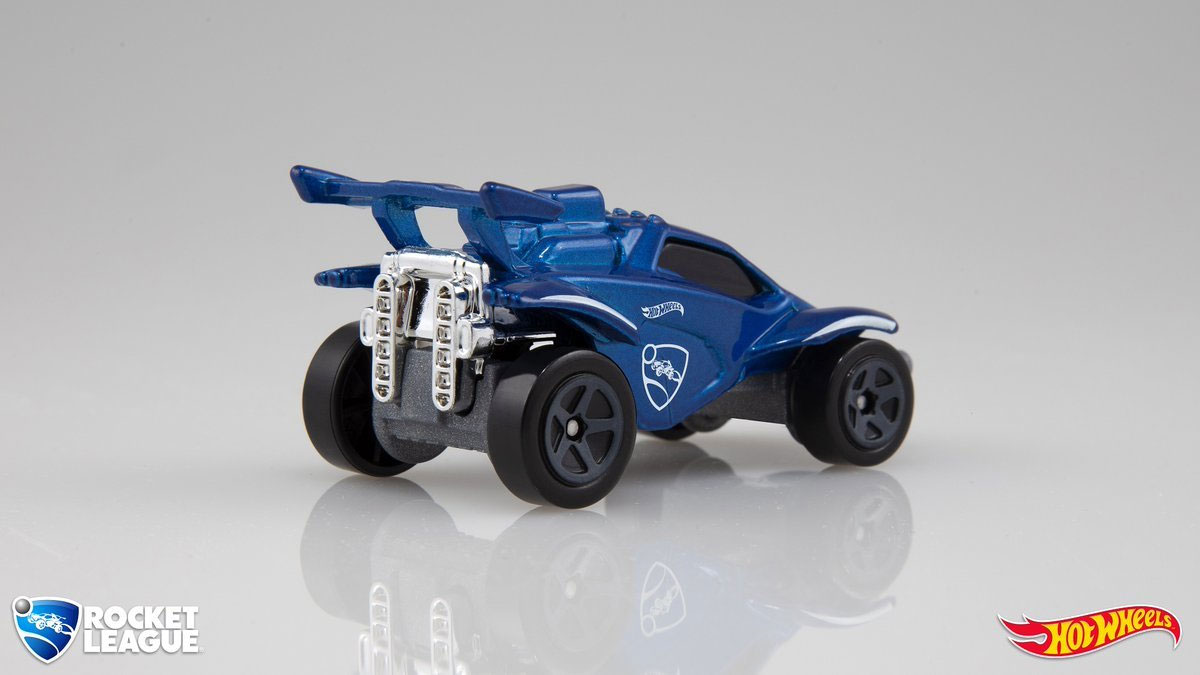
Rocket League is no stranger to in-game advertising though. In fact, they have very much embraced it since the game’s launch back in 2015, featuring a huge number of cosmetic flags showing the logos and mascots of other video games and products.
Other examples of Rocket League’s in-game advertising and brand collaboration include the three Batmobiles, the Jurassic Park Jeep, the DeLorean, the Fast & Furious cars and more recently, the McLaren 570s.
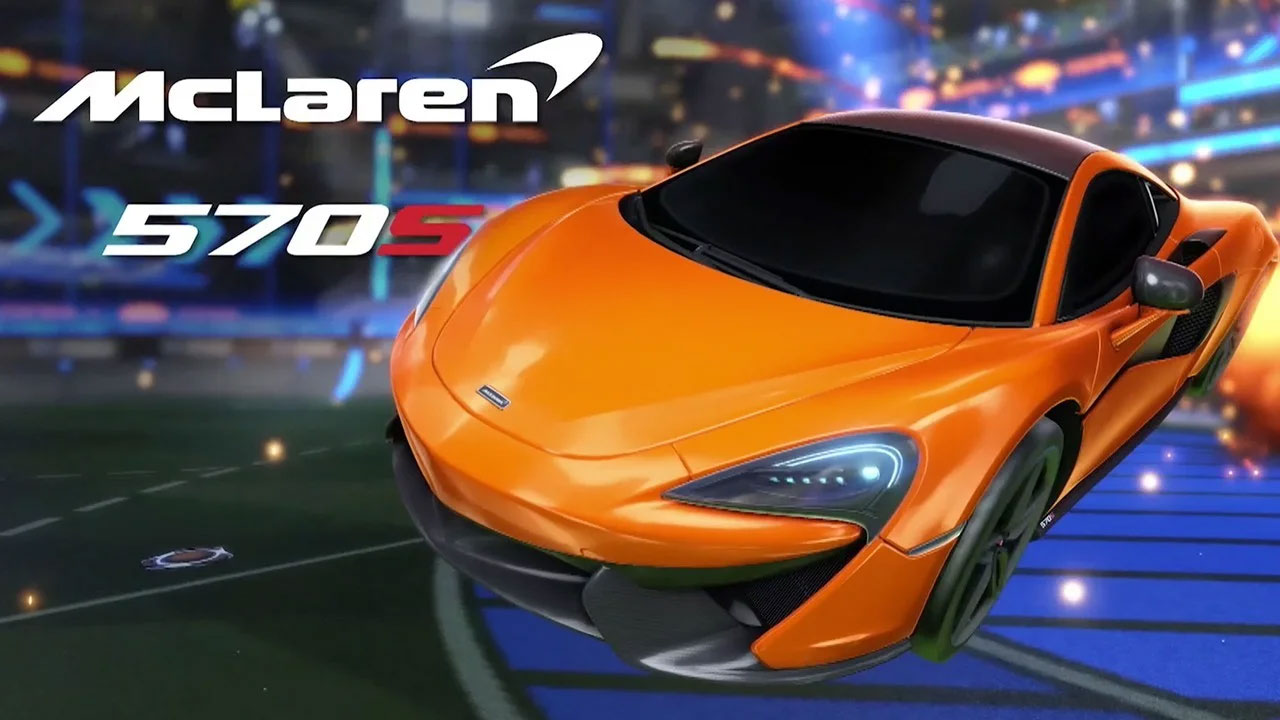
The Grand Tour Game – A Modern Advergame
Historically, Advergames have been notoriously bad. Even when the gameplay is decent, there is normally something off-putting about playing a game that has been designed to promote a product.
The Grand Tour Game tackles this differently, with it being an extension of the show rather than just an advertisement for it. This is achieved through a unique melding of mediums with you watching the show, which then seamlessly transitions into gameplay.
This allows viewers to experience first hand how a vehicle performs, instead of just watching and listening to Clarkson, Hammond or May describe the experience.
Combining entertainment platforms in this way is something that we will certainly be seeing more of in the future, and we fully welcome it.
THE FUTURE
We’d now like to turn our attention to the future of advertising within video games. We are already seeing some great examples of how this can be achieved in a way that is not only tolerable, but beneficial to the overall gameplay experience.
However, that raises some questions:
How can in-game advertising be utilised to enhance the gameplay experience beyond what is currently being done?
Will we begin to see more games implementing advertisements?
Could ads within video games become more commonplace like they are within the worlds of television, radio and print?
Right now, we don’t know the answers to those questions, but we can hypothesize about some scenarios that might occur.
Hypothetical Scenario #1 – Brand Collaborations Become More Commonplace
Some of the most successful examples of advertising within video games are brand collaborations. Rocket League and Hot Wheels teaming up to the benefit of not only both brands but also consumers is a win-win-win.
Of course, this only works when both brands can synergize effectively. The Worms and Red Bull collaboration is a creative example of this being achieved.
Something else we briefly mentioned was the collaboration between Lego and Minecraft. Whilst this isn’t in-game advertising, it’s not far-fetched to imagine a lego skin pack being released in-game.
The Lego video games can’t be ignored either. Whether it be Lego Star Wars, Lego Harry Potter, Lego Batman or any of the other branded lego games, they have been embracing this concept of brand collaboration both in and out of video games for well over a decade.
With all of that being said and countless more collaborations not being mentioned, there is a huge backlog of evidence demonstrating that this strategy is insanely effective when done right.
Hypothetical Scenario #2 – Advergames Like The Grand Tour Game Get Utilised More
It’s a beautiful thing when one platform of entertainment can heighten the effectiveness of another, and The Grand Tour Game is pioneering this new relationship between Television and Video Games.
Imagine watching the build-up to a huge battle in Game of Thrones to then go ahead and take part in that very battle. If you’ve watched Black Mirror’s Metalhead episode, could you fathom actually playing through a portion of that?
It’s probable that Charlie Brooker, the creator of Black Mirror, has at least had some thoughts regarding the idea with Bandersnatch, a playable episode of Black Mirror, releasing in 2018.
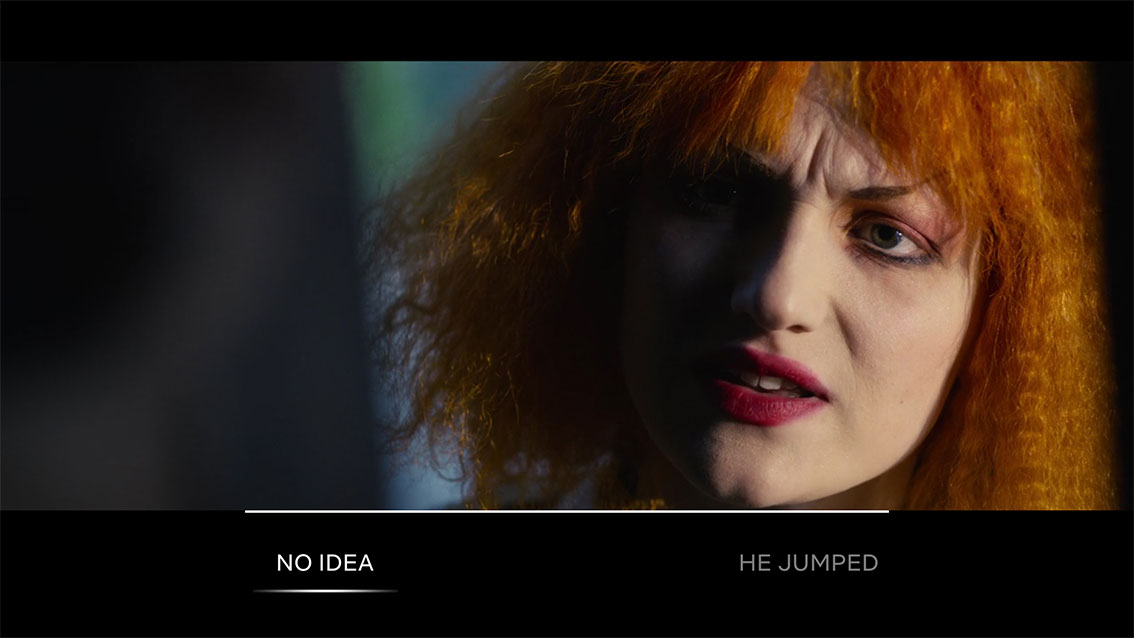
Whilst Bandersnatch was generally well received, the gameplay only consisted of you, the viewer, making various choices that dictated the direction of the show.
Within the next few years, we predict that more big-budget television shows will create Advergames to enhance the user experience beyond what is currently possible.
Hypothetical Scenario #3 – In-game Advertisements Go The Route of TV and Radio
Unfortunately, marketers do tend to ruin everything. It’s very possible that advertising within video games gradually becomes more frequent and intrusive to the user experience over time, with consumers becoming more and more accustomed to it, much like they have done with Television and Radio.
With more video games embracing the free-to-play model, it’s plausible, albeit unlikely, that some of them will adopt advertising and product placement as their primary method of monetization.
This is particularly prevalent within the mobile gaming market. For example, popular mobile game Nordcurrent features a prominent Coca Cola product placement, although it makes sense in the context and is therefore an example of tasteful advertising.
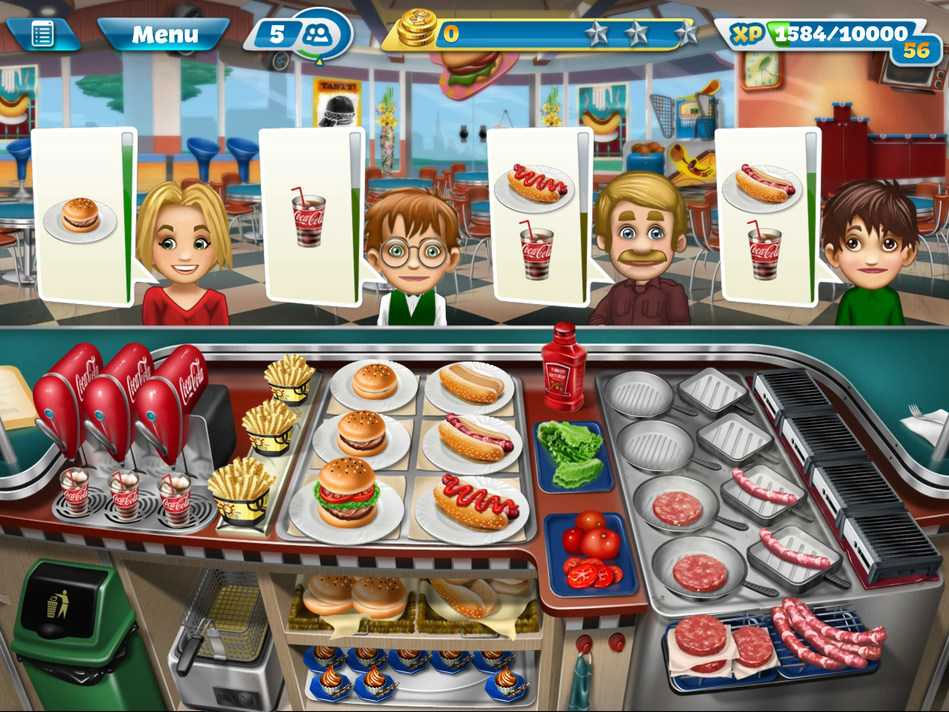
CLOSING THOUGHTS
Advertising is perceived by many as a necessary nuisance and a part of daily life, but as we’ve highlighted, examples of it enhancing the user experience do exist.
As consumers continue to become more resistant to advertising attempts, advertisers will be forced to either adapt or die.
Whilst we don’t know what the future holds exactly, we’re fairly certain that advertisements within video games will become more and more abundant, but also smarter in their implementation.
Can you think of any noteworthy examples of advertising within gaming, or perhaps your own prediction for the future? If so, we’d love to hear it! Share your thoughts in the comments section at the bottom of this article.
Comments
The Past, Present & Future of Advertising in Video Games
Article Updated on May 30, 2023
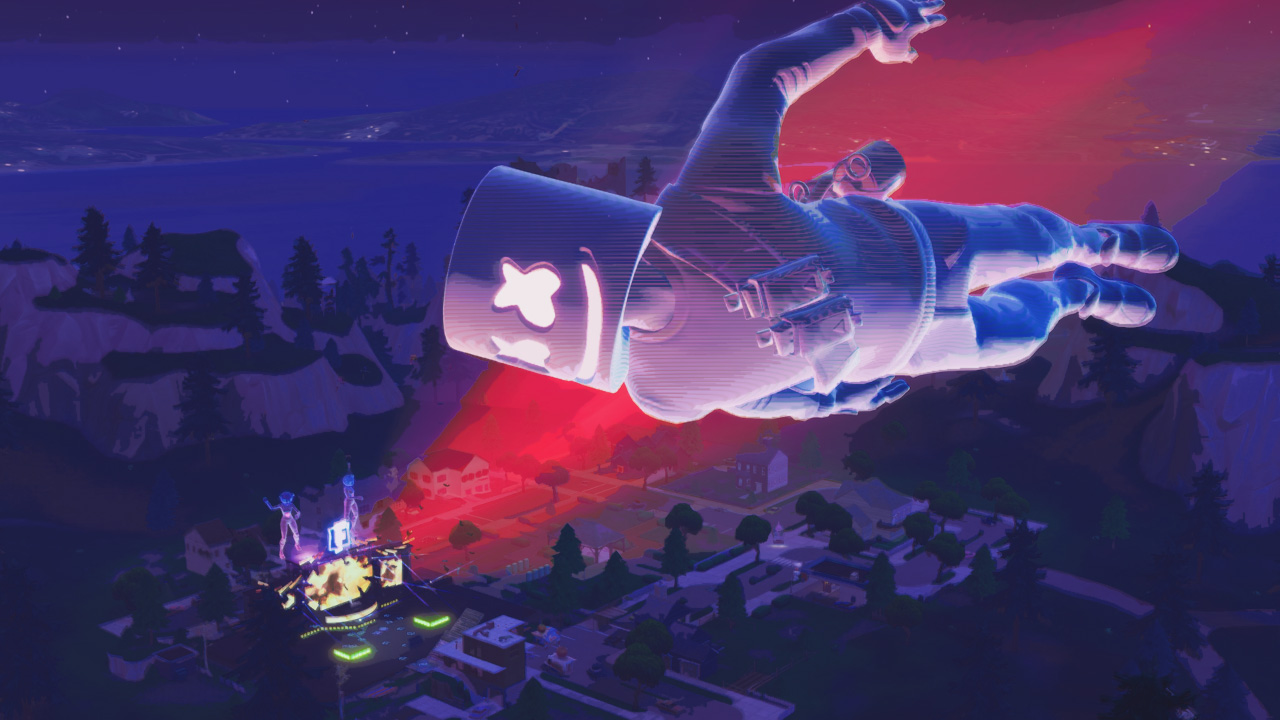
Advertising has continually evolved since its inception due to advertisers consistently seeking the best ROI (return on investment) possible.
Typical advertising platforms such as Television and Radio have been utilised by businesses to promote their products and services for decades.
However, the popularity of advertising on these mediums has declined as a result of increasing costs and reduced ROI.
Whilst some companies are still taking advantage of the traditional advertising platforms, many others have resorted to promoting themselves elsewhere.
ADVERTISING WITHIN VIDEO GAMES
One of the newest mediums being used for advertising are video games. The gaming industry has been growing at a rapid pace since the 1980s, and there aren’t any signs of that growth stopping for the foreseeable future.
To give you an idea of just how popular some video games have become, the recently released battle royale game Apex Legends reached 25 million total players a week after launch.
Whilst there aren’t advertisements within Apex Legends currently, you can see why advertisers are eager to take advantage of the video game industry.
Another popular game within the same genre as Apex Legends is Fortnite, which took the gaming world by storm after it implemented it’s hugely popular battle royale mode in March 2017.
Since then, over 200 million accounts have been created and unlike Apex Legends, Fortnite has already been leveraged by advertisers, albeit in a way that also benefits consumers.
On February 2nd 2019, the popular electronic music producer Marshmello held a live concert in-game. This event was attended by over 10 million people and serves to exist as an extraordinary example of how video games can be leveraged as a form of advertising.

In addition to the in-game event, a Marshmello player skin was also added to the game. This is advertising on a whole new level, as players wielding the skin will essentially become walking advertisements for the musician.
Now that we’ve briefly discussed the reasons behind advertisers leveraging the video game industry, we can now look at some of the first examples of this occurring.
THE PAST
Pepsiman – An Early Advergame – 1999
In 1999, a game called Pepsiman was developed specifically for the purpose of promoting the brand and product of the same name. Games of this style are known as “Advergames” (A portmanteau of the words “advertising” and “gaming”).

Pepsiman was released solely in Japan and a writer for Complex included it on a list of branded video games that “didn’t suck”. Even with that inclusion, Pepsiman’s sales were reportedly underwhelming.
Worms 3D – Red Bull Power Up – 2003
The well-known “Red Bull gives you wings” slogan positions the brand and product as somewhat of a real-life power up. Perhaps that’s why the iconic energy drink featured within the 2003 turn-based combat game, Worms 3D.

When consumed in-game, the Red Bull power up bestowed improved movement speed and jump height, which almost seems like a missed opportunity when you consider the brand slogan “gives you wings”.
Nonetheless, this is a somewhat early example of how advertising within video games doesn’t have to be obnoxious and intrusive.
Burnout Paradise – Obama Campaign Advertisement – 2008
One of the more controversial examples of advertising within video games, the 2008 Barack Obama political campaign ads were seen by many as distasteful and intrusive.
Popular racing game Burnout Paradise was among the 18 games involved with this campaign, but it was only the Xbox version that featured the political billboard advertisements.

The reason for this is due to the ad agency, Massive Incorporated, being a Microsoft owned company, with Microsoft also being the creators of the Xbox.
Massive Incorporated, a company dedicated to providing software and services dedicated to in-game advertising, closed down in 2010.
THE PRESENT
Grand Theft Auto V – Frank Ocean’s Blonded Radio Station
‘Blonde’ Rapper Frank Ocean surprised the gaming world by announcing that he had secured a partnership with Rockstar Games and was launching a new radio station on Grand Theft Auto Online in collaboration with Apple Music.

Frank Ocean’s Blonded Radio station went live in 2017 as part of the GTA Online Doomsday Heist update, containing music from himself and some of his favourite artists such as Jay-Z, JME and Burial.
The Doomsday Heist update was well received by fans and is responsible for the largest surge of traffic to GTA of all time. This is quite surprising given that the game was over 4 years old by the time Blonded Radio was put in.
This deal was mutually beneficial for both parties as Rockstar was looking for new ways to keep the game fresh, and the massive success of GTA Online gave Frank Ocean a huge opportunity to get his music out to new audiences.
Whilst it can be hard to quantify the exact impact that this collaboration has had on Frank Ocean’s career, many fans proudly announce in YouTube comments that they came to discover the artist via GTA Online.

Rocket League – Hot Wheels, Batman, McLaren & More
This particular collaboration goes both ways. Hot Wheels vehicles exist within Rocket League, and Rocket League vehicles exist in real life, produced and sold by Hot Wheels.

It has to be said that this is a perfect example of two brands that synergise incredibly well. There have been a few examples of similar situation in the past, for example, the Minecraft and Lego collaboration, but even that didn’t feature Lego products in-game.

Rocket League is no stranger to in-game advertising though. In fact, they have very much embraced it since the game’s launch back in 2015, featuring a huge number of cosmetic flags showing the logos and mascots of other video games and products.
Other examples of Rocket League’s in-game advertising and brand collaboration include the three Batmobiles, the Jurassic Park Jeep, the DeLorean, the Fast & Furious cars and more recently, the McLaren 570s.

The Grand Tour Game – A Modern Advergame
Historically, Advergames have been notoriously bad. Even when the gameplay is decent, there is normally something off-putting about playing a game that has been designed to promote a product.
The Grand Tour Game tackles this differently, with it being an extension of the show rather than just an advertisement for it. This is achieved through a unique melding of mediums with you watching the show, which then seamlessly transitions into gameplay.
This allows viewers to experience first hand how a vehicle performs, instead of just watching and listening to Clarkson, Hammond or May describe the experience.
Combining entertainment platforms in this way is something that we will certainly be seeing more of in the future, and we fully welcome it.
THE FUTURE
We’d now like to turn our attention to the future of advertising within video games. We are already seeing some great examples of how this can be achieved in a way that is not only tolerable, but beneficial to the overall gameplay experience.
However, that raises some questions:
How can in-game advertising be utilised to enhance the gameplay experience beyond what is currently being done?
Will we begin to see more games implementing advertisements?
Could ads within video games become more commonplace like they are within the worlds of television, radio and print?
Right now, we don’t know the answers to those questions, but we can hypothesize about some scenarios that might occur.
Hypothetical Scenario #1 – Brand Collaborations Become More Commonplace
Some of the most successful examples of advertising within video games are brand collaborations. Rocket League and Hot Wheels teaming up to the benefit of not only both brands but also consumers is a win-win-win.
Of course, this only works when both brands can synergize effectively. The Worms and Red Bull collaboration is a creative example of this being achieved.
Something else we briefly mentioned was the collaboration between Lego and Minecraft. Whilst this isn’t in-game advertising, it’s not far-fetched to imagine a lego skin pack being released in-game.
The Lego video games can’t be ignored either. Whether it be Lego Star Wars, Lego Harry Potter, Lego Batman or any of the other branded lego games, they have been embracing this concept of brand collaboration both in and out of video games for well over a decade.
With all of that being said and countless more collaborations not being mentioned, there is a huge backlog of evidence demonstrating that this strategy is insanely effective when done right.
Hypothetical Scenario #2 – Advergames Like The Grand Tour Game Get Utilised More
It’s a beautiful thing when one platform of entertainment can heighten the effectiveness of another, and The Grand Tour Game is pioneering this new relationship between Television and Video Games.
Imagine watching the build-up to a huge battle in Game of Thrones to then go ahead and take part in that very battle. If you’ve watched Black Mirror’s Metalhead episode, could you fathom actually playing through a portion of that?
It’s probable that Charlie Brooker, the creator of Black Mirror, has at least had some thoughts regarding the idea with Bandersnatch, a playable episode of Black Mirror, releasing in 2018.

Whilst Bandersnatch was generally well received, the gameplay only consisted of you, the viewer, making various choices that dictated the direction of the show.
Within the next few years, we predict that more big-budget television shows will create Advergames to enhance the user experience beyond what is currently possible.
Hypothetical Scenario #3 – In-game Advertisements Go The Route of TV and Radio
Unfortunately, marketers do tend to ruin everything. It’s very possible that advertising within video games gradually becomes more frequent and intrusive to the user experience over time, with consumers becoming more and more accustomed to it, much like they have done with Television and Radio.
With more video games embracing the free-to-play model, it’s plausible, albeit unlikely, that some of them will adopt advertising and product placement as their primary method of monetization.
This is particularly prevalent within the mobile gaming market. For example, popular mobile game Nordcurrent features a prominent Coca Cola product placement, although it makes sense in the context and is therefore an example of tasteful advertising.

CLOSING THOUGHTS
Advertising is perceived by many as a necessary nuisance and a part of daily life, but as we’ve highlighted, examples of it enhancing the user experience do exist.
As consumers continue to become more resistant to advertising attempts, advertisers will be forced to either adapt or die.
Whilst we don’t know what the future holds exactly, we’re fairly certain that advertisements within video games will become more and more abundant, but also smarter in their implementation.
Can you think of any noteworthy examples of advertising within gaming, or perhaps your own prediction for the future? If so, we’d love to hear it! Share your thoughts in the comments section at the bottom of this article.






